A switch is a device in a computer network that connects other devices together. Multiple data cables are plugged into a switch to enable communication between different networked devices. Switches manage the flow of data across a network by transmitting a received network packet only to the one or more devices for which the packet is intended. Each networked device connected to a switch can be identified by its network address, allowing the switch to direct the flow of traffic maximizing the security and efficiency of the network.
Once a device is connected to a switch, the switch notes its media access control (MAC) address, a code that’s baked into the device’s network-interface card (NIC).The NIC attaches to an Ethernet cable that connects to the switch. The switch uses the MAC address to identify which device’s outgoing packets are being sent, and where to deliver incoming packets. The MAC address identifies the physical device and doesn’t change, while the network layer (Layer 3) IP address, can be assigned dynamically to a device and change over time. (Think of a MAC address as the VIN number on a car, and the IP address as the license plate.) When a packet enters the switch, the switch reads its header, then matches the destination address or addresses and sends the packet out through the appropriate ports that lead to the destination devices. To reduce the chance for collisions between network traffic going to and from a switch and a connected device at the same time, most switches offer full-duplex functionality in which packets coming from and going to a device have access to the full bandwidth of the switch connection. (Picture two people talking on smartphones as opposed to a walkie-talkie). While it’s true that switches operate at Layer 2, they can also operate at Layer 3, which is necessary for them to support virtual LANs (VLANs), logical network segments that can span subnets. In order for traffic to get from one subnet to another it must pass between switches, and this is facilitated by routing capabilities built into the switches.
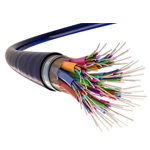
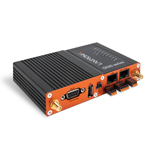
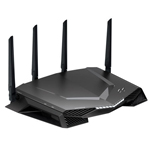

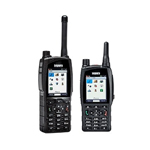
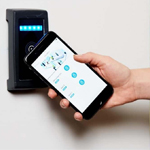
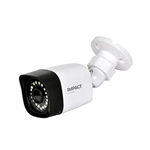
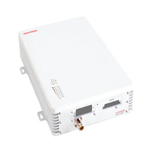
Office - F-13, Ground Floor, Ontario Tower, Business Bay, Dubai, UAE
Dubai, UAE
admin@neo-energy.ae
+971 58 157 6171
© Design by softlysis.com
